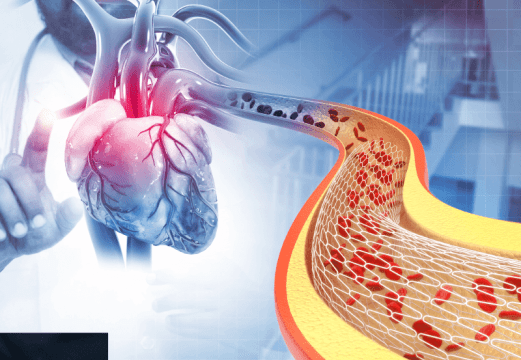When deciding on the optimal coronary artery revascularization treatment of coronary artery disease (CAD) patients, physicians normally assessed clinical presentation, surgical risk, survival expectation, and the likelihood of a better quality of life. Decisions are made after careful consideration, by the Heart Team, who will ponder options such as coronary artery bypass graft (CABG), percutaneous coronary intervention (PCI) or optimal medical treatment (OMT).

In general, it is consensual, allowing patients to choose according to their values, preferences and quality of life, even when the scientific evidence will suggest differently. A common example is that of multivessel patients with no surgical contraindication, who prefer a less invasive option (PCI) over CABG, despite Heart Team recommendation. PCI is always preferred for patients with complex cardiomyopathy ineligible for CABG because of comorbidities. Both group of patients, those who refuse CABG and the ineligible, are regularly excluded from clinical trials.
The aim of this study presented by Koshy et al. was to assess outcomes of CABG eligible patients that refused the indication (CABG-refusal) and those ineligibles for surgery (CABG-ineligibles) undergoing PCI. It included ischemic CAD patients between 2013 and 2020 (Mount Sinai Hospital, Nueva York) with SYNTAX >22, left main stenosis, or triple vessel disease assessed by the Heart Team (HT). It excluded those with acute coronary syndrome, cardiogenic shock or cardiorespiratory arrest.
Primary end point was cardiovascular events (MACE), defined as a composite of all-cause mortality, acute MI and stroke ant one year. Secondary end points included individual primary end point components, target vessel revascularization and bleeding.
Read also: Complex PCI in Octogenarian.
From the total coronary angiograms included, 64.7% were referred to the HT, opting for CABG in 64.7% of cases, PCI in 25% and OMT in 10.1%. Of 4824 patients chose to receive CABG, 59.1% agreed to it, 33.1% refused and 7.8% were not eligible, receiving PCI. Mean age was 67.3±11.6 and 21.6% were women. The main reasons behind non-surgical eligibility were poor vascular bed, severe ventricular dysfunction and advanced age.
Complex angioplasty indices were lower among CABG-refusal patients because of anatomical complexity and more occlusion presence. Mean use of mechanical circulation devices was 4.7%, being higher among CABG-ineligible patients (14.2%). CABG refusal patients had higher prevalence of diabetes, prior MI and more complex lesions with left main compromise.
Read also: TAVI in Horizontal Aorta: Neo2 vs. Sapien Ultra.
The primary end point composite of MACE at one year occurred in 4.1% of patients undergoing PCI, 7% of patients undergoing CABG and 14.8% of CABG ineligible patients. Compared against the original PCI recommended cohort, the risk of MACE was significantly higher in those refusing CABG (HR, 1.67 [95% CI, 1.08–3.56], P=0.02) and the CABG ineligible (HR, 3.26 [95% CI, 1.28–3.65]; P=0.004), mainly due to a higher all-cause mortality and stroke risk, with no significant difference in risk of MI, revascularization or bleeding.
Conclusions
In a high volume center, where complex CAD cases are assessed collaboratively, one third of patients referred to CABG refused the intervention and chose PCI instead. The incidence of events at one year, especially death and stroke, was higher in these patients and those ineligible for surgery.

Dr. Omar Tupayachi.
Member of the Editorial Board of SOLACI.org.
Reference: Koshy AN, Stone GW, Sartori S, Dhulipala V, Giustino G, Spirito A, Farhan S, Smith KF, Feng Y, Vinayak M, Salehi N, Tanner R, Hooda A, Krishnamoorthy P, Sweeny JM, Khera S, Dangas G, Filsoufi F, Mehran R, Kini AS, Fuster V, Sharma SK. Outcomes Following Percutaneous Coronary Intervention in Patients With Multivessel Disease Who Were Recommended for But Declined Coronary Artery Bypass Graft Surgery. J Am Heart Assoc. 2024 Jun 4;13(11):e033931. doi: 10.1161/JAHA.123.033931. Epub 2024 May 31. PMID: 38818962.
Subscribe to our weekly newsletter
Get the latest scientific articles on interventional cardiology





